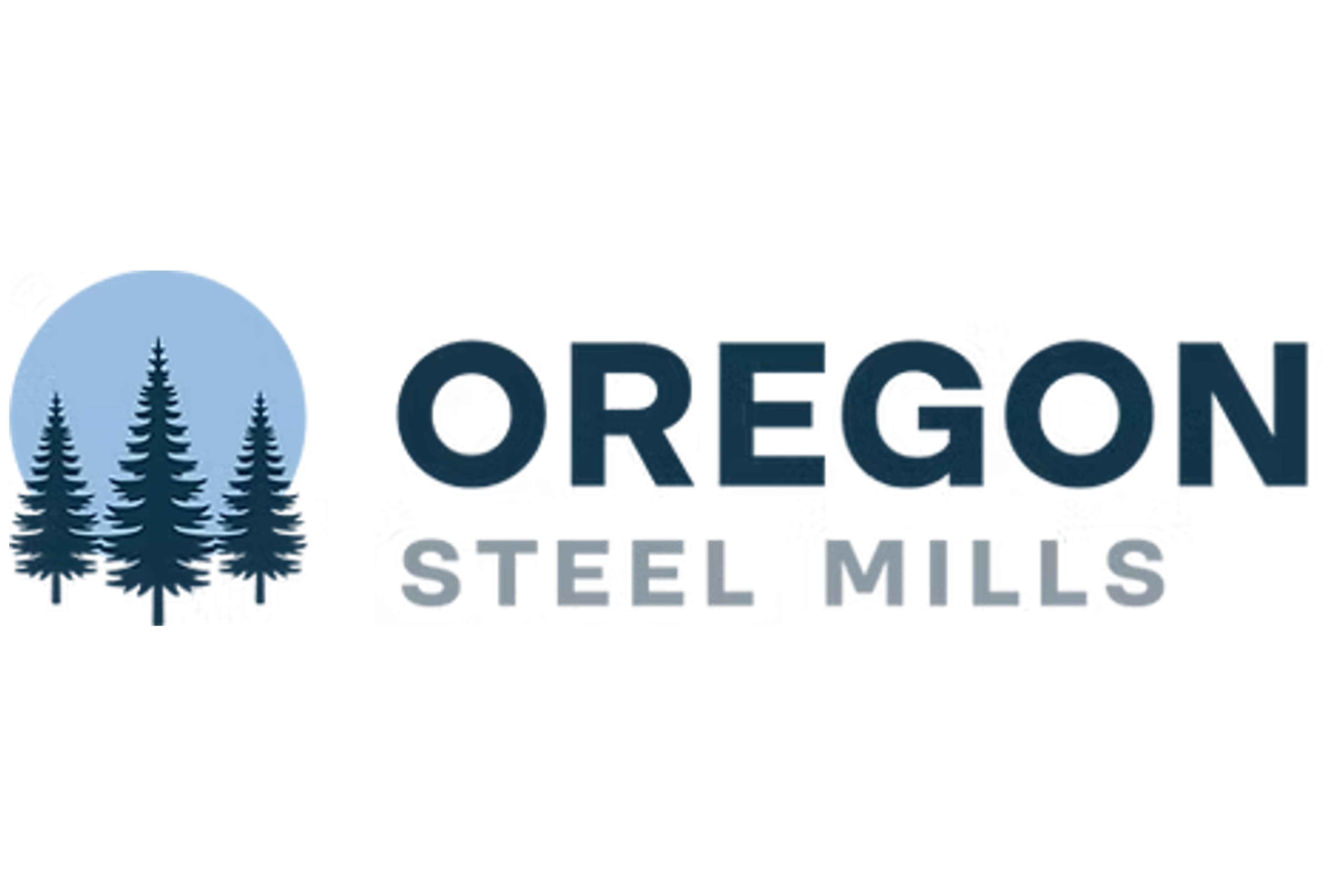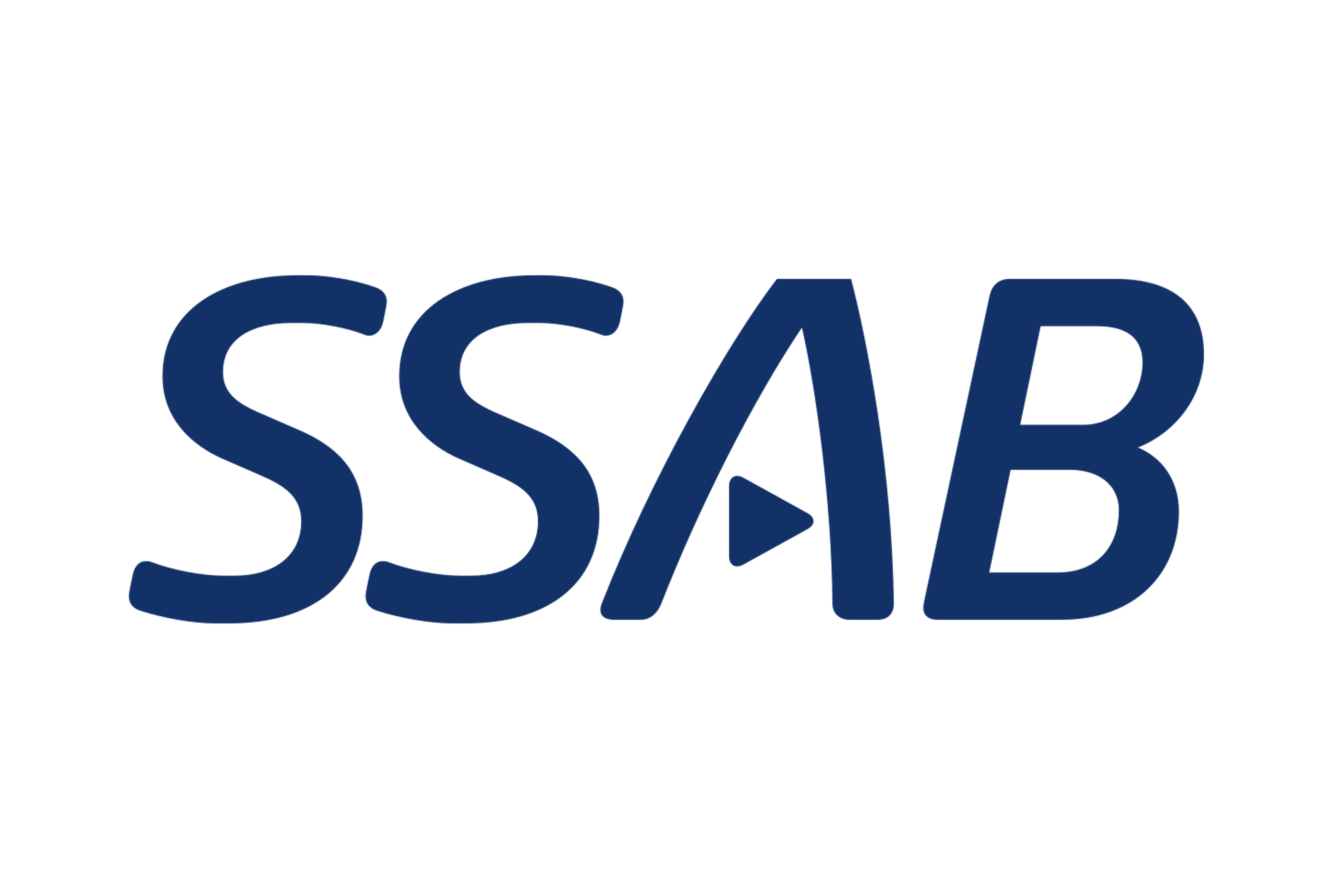Analysis

November 4, 2020
Final Thoughts
Written by John Packard
Growing up I was a bit of a history nerd and my original intention was to be a political science major when I entered Hamline University where I went to college. Over time I morphed into a bit of a political nerd, so elections are exciting times for me. They may not be for many others; I recognize that and try to remain as neutral as possible.
As I write this there are still votes to count. The presidency has not been decided (no matter what the pundits say), and will not be until Georgia, Arizona, Nevada and Pennsylvania have been completed (assuming Alaska and North Carolina go to President Trump).
If Biden wins and the Senate is controlled by the Republicans, then the country is on course for more gridlock, which is probably good for business in the short run.
LET’S TALK STEEL:
![]() Business continues and the steel market is tight. Our Price Momentum Indicators on hot rolled, cold rolled, galvanized, Galvalume and plate are all pointing toward higher prices, and we anticipate momentum to remain with the mills over the next 30 to 60 days.
Business continues and the steel market is tight. Our Price Momentum Indicators on hot rolled, cold rolled, galvanized, Galvalume and plate are all pointing toward higher prices, and we anticipate momentum to remain with the mills over the next 30 to 60 days.
Interesting comments from a large OEM HRC buyer regarding imports, “We have not made any purchase from the foreign steel mills yet. We are receiving offers of $34.75/cwt HRC base EDDP [USA Port] for January/early February shipment. We had passed on prior offer from the same steel mill with HRC base $31.50 about two weeks ago. We are waiting for the quotations from domestic steel mills for comparison.
“The decision to buy from foreign steel mills is made easier if we believe the steel price is peaking and will remain relatively flat for the next 60 to 90 days. We expect the domestic steel mills to have maintenance outages completed in the near future. If the domestic steel mills bring back idled capacities, are the foreign steel purchases still good buys when the coils arrive at the U.S. ports?” This is the question I am sure many steel buyers are asking themselves.
The steel mill capacity utilization rate is a subject that comes up in conversation with steel buyers all the time. There is a misconception as to what the AISI utilization number actually represents and how that number should be interpreted by you and your company. Let me see if I can help explain what is happening here.
![]() AISI explains in their weekly press release how they calculate the weekly capacity utilization report and how it should be used, “The Raw Steel production tonnage provided in this report is estimated. The figures are compiled from weekly production tonnage provided from 50% of the domestic producers combined with monthly production data for the remainder. Therefore, this report should be used primarily to assess production trends. The AISI production report ‘AIS 7.’ published monthly and available by subscription, provides a more detailed summary of steel production based on data supplied by companies representing 75% of U.S. production capacity.”
AISI explains in their weekly press release how they calculate the weekly capacity utilization report and how it should be used, “The Raw Steel production tonnage provided in this report is estimated. The figures are compiled from weekly production tonnage provided from 50% of the domestic producers combined with monthly production data for the remainder. Therefore, this report should be used primarily to assess production trends. The AISI production report ‘AIS 7.’ published monthly and available by subscription, provides a more detailed summary of steel production based on data supplied by companies representing 75% of U.S. production capacity.”
Earlier this week, AISI reported capacity utilization rates as being 70.4 percent for the week ending Oct. 30. The production AISI is referring to comes from EAF and BOF furnaces and includes all products (flat rolled, plate, long products). Included in their calculation is any BOF that may be idled (due to the hot end being taken offline by a steel mill). Therefore, the furnaces/BOF’s offline at ArcelorMittal and U.S. Steel that are capable of being brought back online (have not been permanently shut down) are still considered in the utilization calculation.
AISI estimates fourth-quarter 2020 capabilities of the U.S.-producing mills at 29.1 million tons, which is down from 30.4 million tons one year ago, and slightly lower than the 29.4 million tons used to calculate the third-quarter rates.
The issue for buyers is that lead times are extended, and in some cases mills are sold out through the end of the year (in some cases like on the West Coast they are sold further out into first-quarter 2021). From our perspective based on conversations with the mills, and reviewing their earnings calls with analysts, we are seeing the flat rolled mills are close to, if not at, capacity.
Speaking of demand and capacity, late this afternoon U.S. Steel announced that it plans to restart its idled Keetac mining facility. The company stated: “We are encouraged by the increase in demand and believe this restart will best support our customers. This will also ensure that we have sufficient iron ore supply where it is needed to meet that demand. We expect to fill nearly 400 positions as part of this restart and will work with the United Steelworkers (USW) to recall employees that may have been affected by the idle. We thank our employees for their patience as we work through the continuing impacts of the COVID-19 pandemic.”
SMU Note: We are working with the domestic steel mills on a way to make capacity utilization rates easier to understand and more indicative of where production really is. Unfortunately, the pandemic has slowed down progress on our proposal. We have our fingers crossed for 2021.
The next Steel 101: Introduction to Steel Making & Market Fundamentals Workshop will be held virtually on Dec. 8-9 on a computer screen near you. You can learn more about the agenda, instructors, costs and how to register by clicking here.
As always, your business is truly appreciated by all of us here at Steel Market Update.
John Packard, President & CEO







